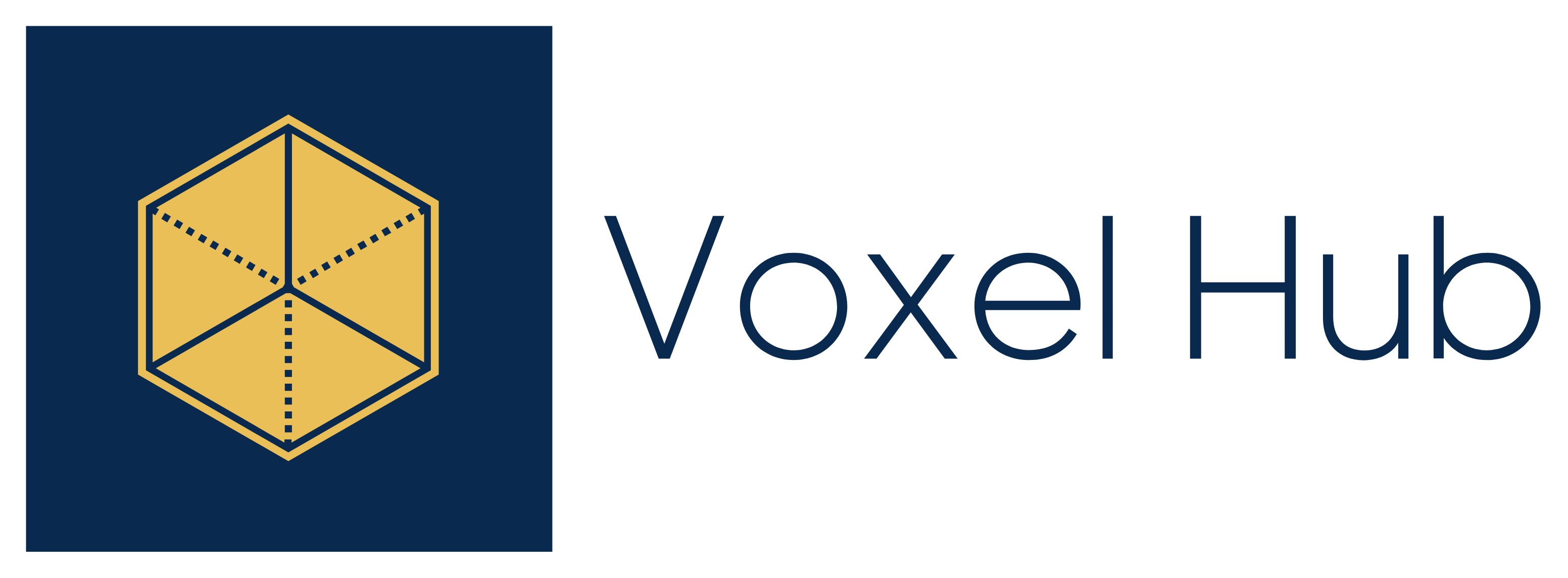How do you experience transitions?
Welcome to September and – at least here, in the UK – to autumn, the transition time.
One most significant skill to learn for good digital wellbeing is managing transitions to and from online activities. Learning to negotiate our online and offline identities, connections and behaviours can be incredibly helpful but is frequently overlooked. I still see many articles about digital wellbeing and online safety assuming a clear cut line between the two worlds. That’s simply not the case.
Just like we do not switch off our working brain when we press the “off” button on our laptop, we do not land actively into the work meeting the moment our Zoom window opens up. We do not experience the online content, people and their behaviour as something happening “out there”. We know now that our brain experiences virtual reality just as well as grounded reality. What we experience online is just as real as anything else our brains record.
We do not stop feeling the impact of news images from conflict areas once the Internet is off. Often, primarily if something affects us emotionally, we carry it with us throughout the day. We might struggle to sleep that night. We might experience ongoing stress too. When something lovely happens, we live and carry all those positive feelings beyond the screen too.
Accepting the fluidity of our digital experiences is the first step towards a healthier relationship with those technologies. It is not the Internet that affects us but what we behave and how we manage those experiences. We need to learn to regulate our feelings around them all across all our realities.
Managing transitions into and out of those mental and physical experiences is thus incredibly important.
Some of it is relatively easy. We can prepare the working space. We can make time to land into online interactions. We can develop a healthy routine to get up and move at least every hour or two. We might not know a lot about the impact of digital experiences on us, but we do understand essential work health and safety.
Some of it is hard and requires mental discipline. We need to pause unresolved problems. We need to get work done on time. We need to let go of unnecessary commitments, manage boundaries and expectations. We need to plan for a healthy amount of online work, effort and interactions. I wonder: maybe thinking about better digital wellbeing poses a great opportunity to rethink our habits, our tribes, our work, our rest and our playtime.
This month, I am asking you to explore your transitions in any sense of the word. What transitions can you find in your life? How do you approach them? How do you experience them? How can you apply those learnings to transitioning from offline to online and vice versa?
This autumn, Voxel Hub is also in transition, exploring various shades of privilege, writing about digital wellbeing, and connecting with new Advisors to enrich our already outstanding Board. Stay tuned for more!
I wish you all a soft autumn! Have a light September!
My favourite topic this month
This month my recommendations are based on the idea of transitions as opposed to change. Change in itself feels drastic, while transition feels more fluid, soft, calm almost. So this month, I am listing inspirations that help me evoke that sense of safe suspension between two states, two different ways of being, which allows a more conscious movement into the new face of changing reality. Here they are:
- “The Island of Missing Trees” by Elif Shafak – a story of migration, intergenerational trauma, but also love, climate change, and so much more
- “The Salt Path” by Raynor Winn – a story of two people walking to find meaning after the loss of pretty much everything
- “The Lost Soul” by Nobel Prize in literature 2018 winner Olga Tokarczuk, illustrated by Joanna Concejo – a remarkable, visual story of a man who lost his heart and his transition back to life
- “Hold Still” – a photo portrait of the United Kingdom in 2020 – before we move towards a post-pandemic reality, this is a thoughtful reminder of a global transition for all of us
- “Steven Jenkinson in conversation with Scott Miller” – about what we are learning or not learning from the pandemic times, about migrations and identities we carry with them
- “Bohdan Piasecki – I live Here But” – a moving poem about the unexpected identity transition of EU citizens living in the Brexit UK, a transient, paused state just before their presence is legitimised again or denied
- “Bobby Mc Ferrin Demonstrates the Power of Pentatonic Scale” – a sublime example of transitions held collectively without a single word involved in the process
- “What Happened to You” – Bruce D. Perry and Oprah Winfrey in conversation about trauma and transitioning into healing – this read is such a rich and deep learning experience
- “The Gift: 12 Lessons to Save Your Life” – the courageous Edit Eger’s wonderful collection of practical approaches to heal from trauma into resilience
I hope you will find those ideas interesting. If you have a recommendation on this topic, please do let me know!
Resources
When we are in transition, we might experience a loosened sense of who we are, so today, I am offering you a few coaching exercises to explore your identity and your life journey.
- Letter writing – write a letter from your 8-year-old and 80-year-old self to the person you are now; if you plan a significant transition or change, write a letter to the person who will read it on the other side of it.
- Value system exercise – list your top ten life values – what do you value the most? Family, health, wealth, love? List and prioritise them. What else is there? What is missing?
- Possibilities and boundaries exercise – take a block of post-its and list on each a freedom you have to do something or freedom from doing something. For instance: “freedom to read any book I can get hold off” and “freedom not to have to go to the church”. When you have all your freedoms in front of you, prioritise them. Then take away the least important one and imagine your life without it. Continue the shortlisting process until only one post-it is left. What does this say about who you are? How do you feel about it?
- Life visualised – take a string and small items (pebbles, flowers, shells, buttons) and map out your life so far; the string represents your life journey while things are there for various events and other milestones. What do they all mean to you? Where do you see yourself with all of those milestones in 5, 10, 20, 50 years?
- Moodboard or collage – use Pinterest to create a visual moodboard of who you are – all the images that combined represent who you are; this works even better if you work with paper, magazines, photos, glue and scissors as it activates our inner playful child.
- Bucket list – write a list of things you would like to do before you die – what do you want to see in the semicolon between your birthdate and the final date of your life?
- Dream book – buy a small notebook with at least 100 pages; on each page, list one thing you want to have, do or achieve in the future; estimate or guess when it might happen (pin down a specific date) and how you will feel when it happens. Review this dream book now and again to cross off the dreams you have already completed and to include new ones.
I hope the above practices are helpful, but please let me know if you have other ideas for identity and life journey work.
Thank you for reading our Newsletter. Talk to us online, check out our blog and let us know what else you would like to see here in the upcoming months.
Stay safe. Stay well. Stay connected.
Sylwia
—
Click here to sign up for our monthly newsletter.
—
Photo by Álvaro Serrano on Unsplash

